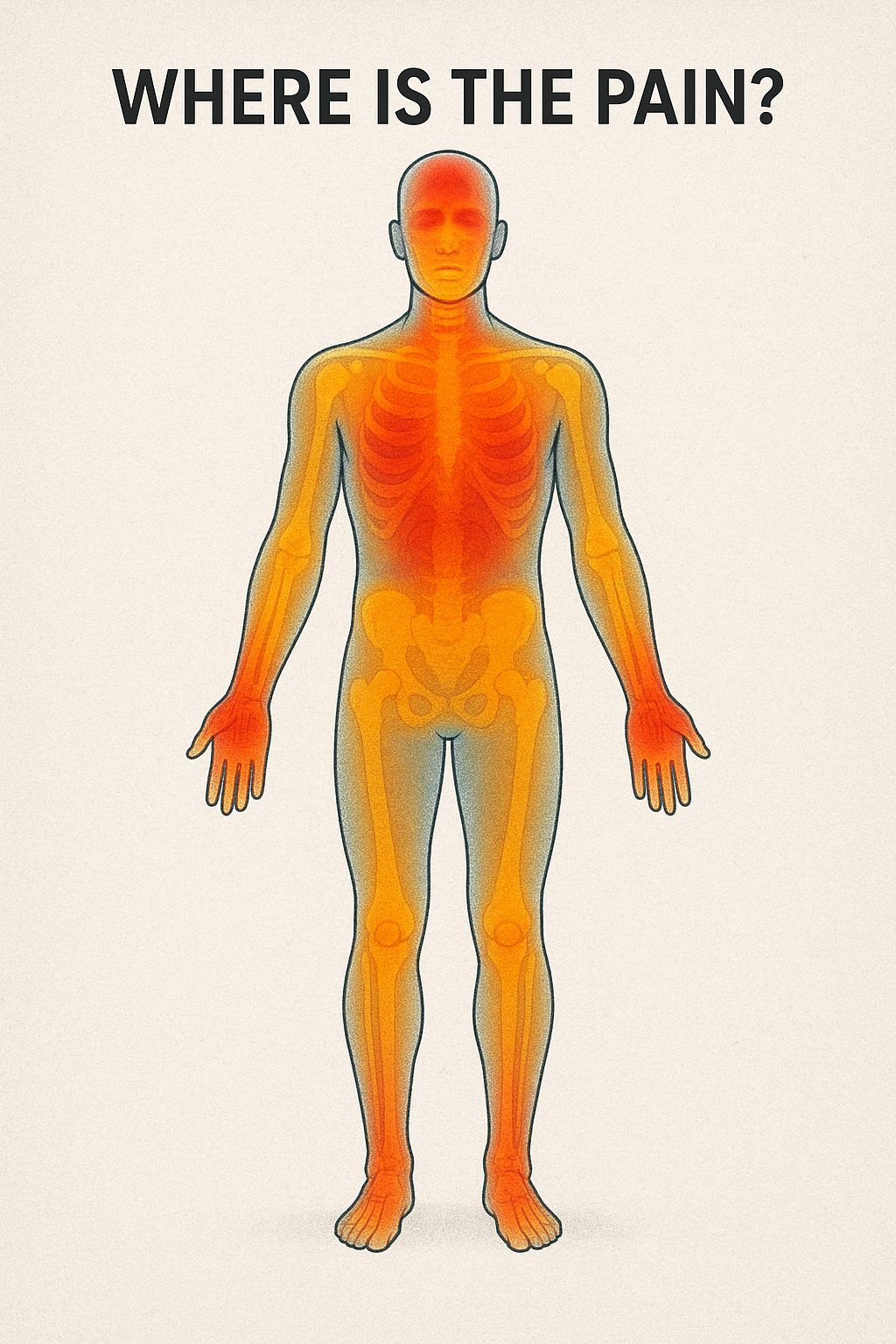Massage Therapy and Neuroendocrine Modulation: Clinical Promise - Research Gaps
Clinical Relevance: While short-term benefits are promising, it’s unclear whether regular massage is needed to sustain hormonal changes. Maintenance protocols have not been defined nor are they being looked at. Many manual therapy research articles look at the short-term positive effects but few delve into the long-term effects. Those that do leave us wanting more as we are seeing little long-term research that stands up to scrutiny justifying the long-term biochemical changes from massage therapy.
Integrated manual therapies: IASP taskforce viewpoint
The authors suggest that manual therapy is particularly beneficial in settings where multidisciplinary care isn’t available—implying that, ‘when multidisciplinary care is accessible, it should be prioritized.’ In essence, manual therapy works best when integrated with other disciplines. (My interpretation is that they’re hinting at the importance of combining manual therapy with psychology and exercise, though the paper doesn’t explicitly define "multidisciplinary."
Understanding Pain Through Prediction and the Sensory System
In this exploration of how we process sensory information, I delve into the work of psychologist Lisa Barrett-Feldman, who emphasizes the role of context and predictions in shaping emotions and memories. When predictions are wrong—whether in memory or in experience perception—the brain can still hold onto those false predictions, affecting how we experience life. By understanding the brain’s prediction mechanisms, we gain a powerful tool in client care.
Defining Suffering in Pain: A Closer Look at Pain-Related Suffering Through Natural Language Processing
Understanding suffering in the context of pain is a complex and nuanced endeavor. A recent paper offers a definition of pain-related suffering as “a profoundly negative, complex, and dynamic experience arising from a perceived threat to an individual’s sense of self and identity.” This definition underscores the depth and multifaceted nature of suffering, but it also raises important questions about the role of empirical definitions in our approach to pain management.
What can pain do you for you?
Despite our natural inclination to shun pain, studies have consistently shown its inherent value as a protective mechanism. This innocuous 4-letter word has the uncanny ability to disrupt our daily routines, yet by delving into the mechanisms and behaviours associated with pain, we can actively adapt our perspectives and effectively mitigate its impact on our lives.
Study 3:
The main goal in this review and meta-analysis was to (1) carefully look at all the available evidence on how purposely inducing emotions affects self-reported pain in experiments, and (2) figure out the average effect sizes for these emotional inductions on self-reported pain.
Findings suggest that inducing positive emotions seems to help reduce pain, but when it comes to inducing negative emotions, the picture isn't as clear.
Study 2:
We can conclude from this information that though spinal imaging often highlights a structural or bio-mechanical change within the body these changes are not directly correlated to discomfort levels. Indeed in the above study no subjects were experiencing pain and yet the imaging suggests intervention is indeed needed.
Study 1:
We can conclude from this information that though spinal imaging often highlights a structural or bio-mechanical change within the body these changes are not directly correlated to discomfort levels. Indeed in the above study no subjects were experiencing pain and yet the imaging suggests intervention is indeed needed.










